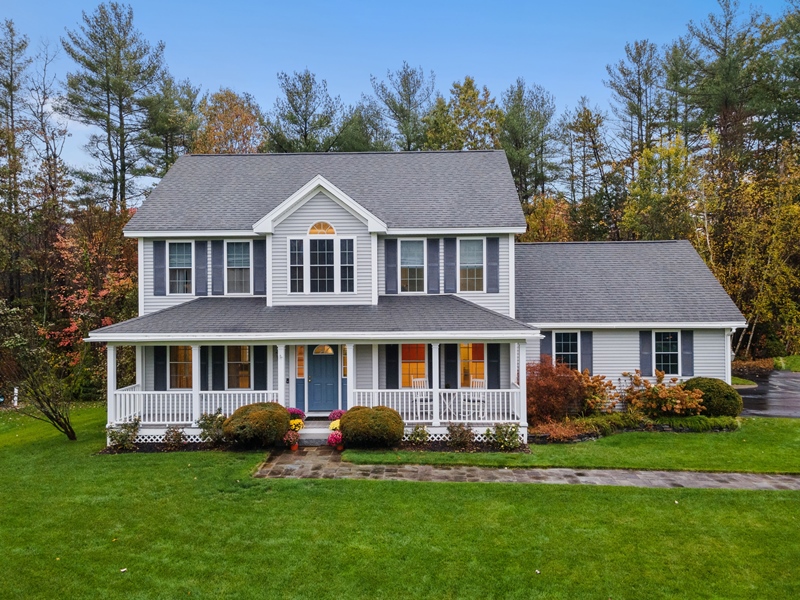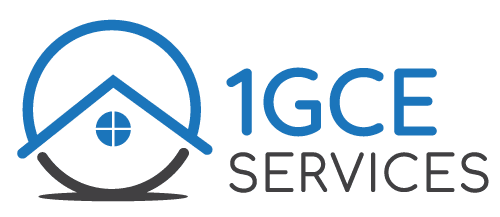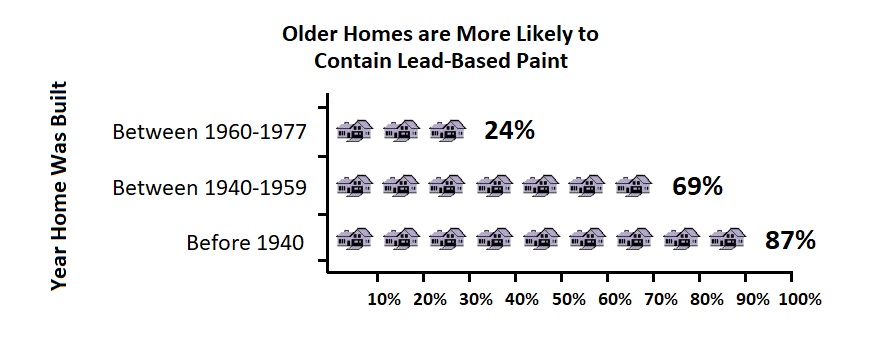Lead-Based Paint Inspections
Why Get a Lead-Based Paint Inspection for a Pre-1978 Home?
If your home was built before 1978, there’s a good chance it contains lead-based paint. Here’s why it’s smart to schedule a lead inspection:
1. Protect Your Family’s Health
Lead dust is invisible but toxic. It can cause serious health problems—especially for young children and pregnant women. An inspection helps you identify and address hazards before they can cause harm.
2. Renovate Safely and Stay Compliant
Federal law requires special precautions during renovations if lead-based paint is present. A certified inspection ensures contractors follow proper lead-safe practices and helps you avoid costly fines or unsafe conditions.
3. Peace of Mind and Long-Term Value
A lead inspection gives you the facts—and the paperwork. Whether you’re planning to stay, sell, or rent, knowing your home is lead-safe protects your investment and builds trust with future buyers or tenants.
Schedule your lead testing by clicking the link below.

The Hazards of Lead-Based Paint
Lead is a highly toxic metal that may cause a range of health problems, especially in young children. When lead is absorbed into the body, it can cause damage to the brain and other vital organs, like the kidneys, nerves and blood.
Lead may also cause behavioral problems, learning disabilities, seizures and in extreme cases, death. Some symptoms of lead poisoning may include headaches, stomachaches, nausea, tiredness and irritability. Children who are lead poisoned may show no symptoms.
Both inside and outside the home, deteriorated lead-paint mixes with household dust and soil and becomes tracked in. Children may become lead poisoned by:
- Putting their hands or other lead-contaminated objects into their mouths
- Eating paint chips found in homes with peeling or flaking lead-based paint, or
- Playing in lead-contaminated soil


